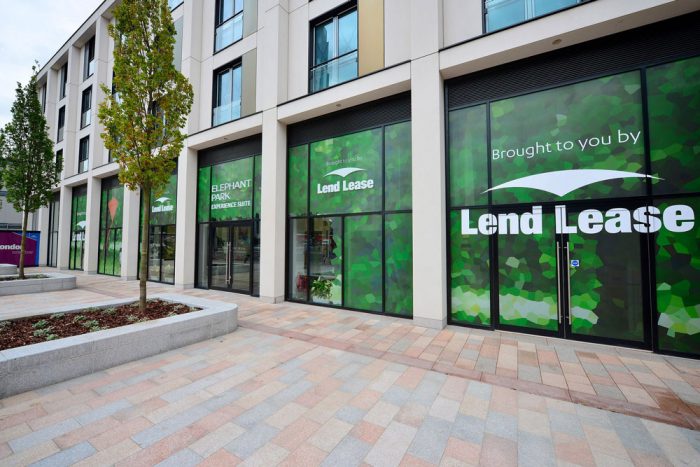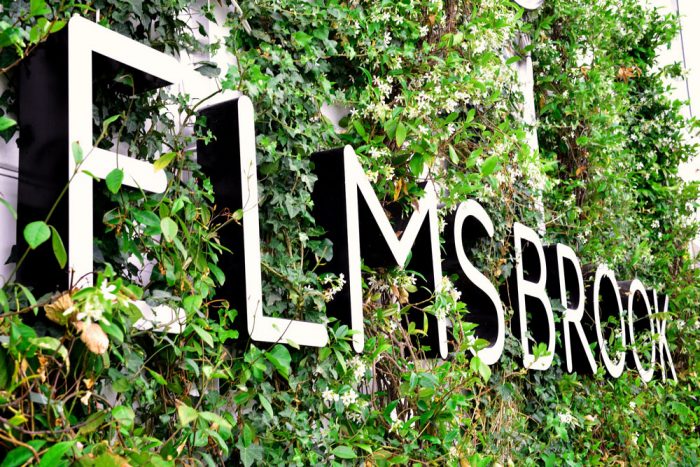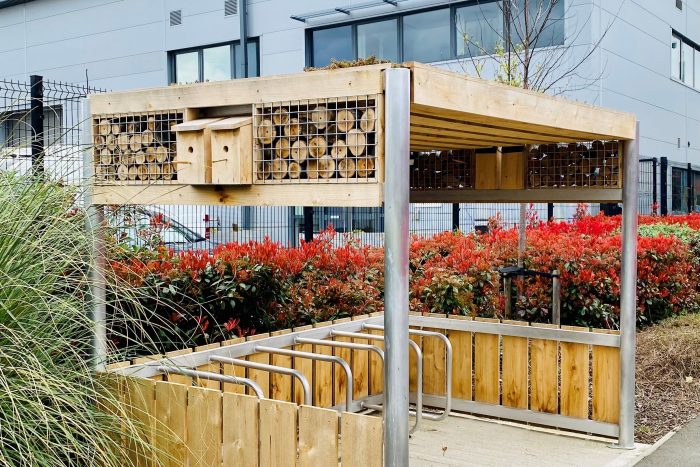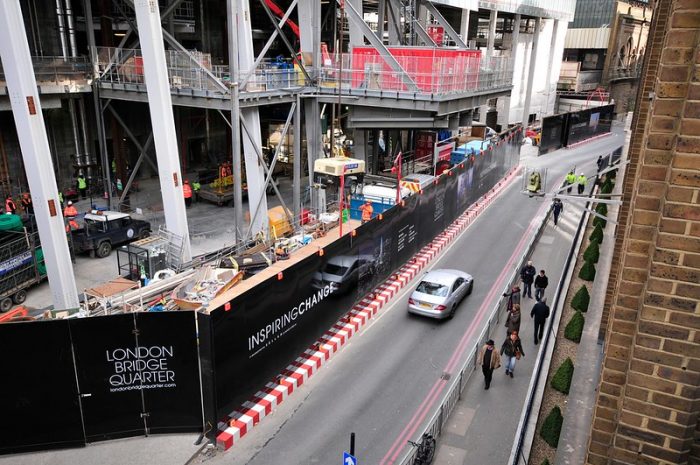Construction 2025 is the joint strategy from government and industry that’s intended to shape the future of the UK construction sector. The strategy outlines challenging industry targets for sustainability that include:
33% reduction in the initial cost of construction and the whole-life costs
50% reduction in the build timeline for newbuild and refurbished assets.
50% reduction in greenhouse gas emissions
50% reduction in the trade gap
Sustainability goals are of particular importance as UK construction firms strive to be leaders in the world’s low-carbon and green construction exports.
Where are we at? Well, the UK Green Building Council reports that around 10% of the UK’s carbon dioxide emissions are directly associated with construction and the build process from start to finish, rising to a massive 40% globally. So there’s a lot of work to be done, but that’s not to say some construction companies aren’t already making waves and re-examining the way they…
MACE
When Sky’s European Headquarters required Sky Central, the centrepiece of the campus for studio facilities, a cinema, and office space for 3,500 employees, MACE took on the project with a sustainability mindset. They managed to achieve a BREEAM rating of ‘Excellent’ after installing features such as a rainwater harvesting system, green roof, solar panels, and high-efficiency lighting to minimise energy consumption. MACE’s “Steps Without Footprints” strategy also sets out the steps they’re taking to reach a carbon neutral future. As part of this, they managed to reduce single use plastics by 80% in corporate and 20% in construction.
Lend Lease
Lend Lease too have fully committed themselves to leading the construction industry’s evolution – becoming environmentally, socially and economically sustainable. Their “Roadmap to Absolute Zero Carbon” laid out last December comprised two targets; to be net zero carbon by 2025 (eliminating fuel and power emissions), and absolute zero carbon by 2040 (eliminating all emissions).
An example of their long-term environmental practice is illustrated at the Clippership Wharf development in East Boston, where a rise in future sea levels was taken into account with the build, along with measures to protect existing natural habitats and create new ones. Another example slightly closer to home is their work on the redevelopment of One Triton Square in London. Once completed, the space will include four roof terraces incorporating sustainable and smart tech into their design.
 Kier
Kier
In October 2020, Kier released their “Building for a Sustainable World” framework paving their way to net zero. The document outlined their route forward by reviewing processes, reducing carbon footprint, adopting renewable energy technology and alternative fuels, and rebalancing to offset any residual carbon emissions.
What’s more, Kier are already putting this framework into practice. It’s great to see such steps throughout projects like their improvement of biodiversity and water quality at Stover Country Park, Devon, and redevelopment of Christ the Word Catholic School, Rhyl. The latter managed to achieve a BREEAM* Excellent rating, a 93% reduction of waste to landfill, and reduction of CO2 emissions overall.
Skanska
One of the oldest, and largest project development and construction groups, Skanska’s dedication to sustainable development is evident. The business recently published estimates of the emissions of all of its supply chain and is calling on other major contractors to do the same. Skanska’s own carbon emissions (including their supply chain) have dropped by 15% in the last two years, making great progress to achieve their goal of net-zero emissions by 2045.
Utilising new technology is just one way Skanska are putting sustainability at the forefront of their projects. A current 4-year venture with Gloucestershire County Council will see the replacement of almost 55,000 ancient street lights with energy-efficient LEDs, improving both cost and energy efficiency for the area.
 SEGRO
SEGRO
Roof-mounted photovoltaics, solar thermal collectors, air source heat pumps, heat recovery systems, bee houses and living walls . . . SEGRO is constantly pushing the boundaries of sustainable design. The results are impressive with project after project achieving BREEAM ‘excellent’ and Energy Performance Certificate ‘A’ across their UK portfolio.
The latest stand-out scheme is SEGRO Park Tottenham which will ultimately offer eight new Grade ‘A’ industrial units up to 50,050 sq ft in size. The project will have outstanding environmental credentials – BREEAM ‘Outstanding’, EPC ‘A+’ and a carbon negative for regulated energy use base build. Impressive, but it doesn’t end there as the scheme has also been designed to consider not only great flexibility but the wellness of its occupiers – green walls and landscaped amenity spaces all within a safe and secure estate will help to achieve this exemplar level.
What can you do?
Any small changes you can make within your business can have a big impact on the environment long-term. As a proven supply-chain partner, Octink’s extensive range of environmentally friendly products are an easy way to incorporate sustainability strategies into your everyday brand activities; from PVC-free fabrics to eco friendly substrates and living walls. Likewise core signage materials and lighting components are selected to optimise both recycling and re-use.
About us:
We are the experts in visual communication, whether it be signage, display graphics, hoardings, or interiors and marketing suites. Our expert team will handle your project end-to-end. This means that from initial conversations & design, right the way through to production & install – you’re working with the best in the business! With this in mind, if you’d like to talk to us about making sustainable projects, please don’t hesitate to CONTACT US TODAY! today.
Topics: Living Walls, ROI, Sustainability, Property Marketing
*Building Research Establishment Environmental Assessment Method
